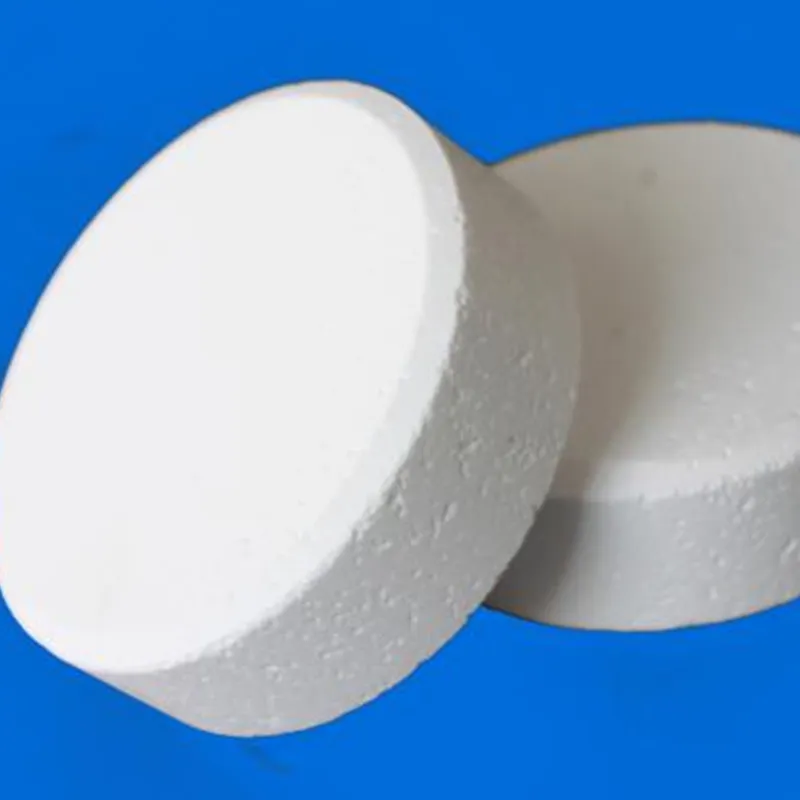
coloring agent in food
The Role of Coloring Agents in Food Enhancing Visual Appeal and Nutritional Value
Food coloring agents, also known as color additives, play an essential role in the food industry, enhancing both the appearance and perceived quality of various products. These agents have a long history, dating back to ancient civilizations where natural substances were used to color foods. Today, the industry utilizes a range of both natural and synthetic coloring agents to meet consumer preferences and regulatory standards.
Natural vs. Synthetic Coloring Agents
Coloring agents can be broadly categorized into two groups natural and synthetic. Natural coloring agents are derived from plant, animal, or mineral sources and are often perceived as healthier alternatives. Common examples include beet juice for red coloring, turmeric for yellow, and spirulina for blue-green hues. Consumers increasingly favor natural colors as they align with the demand for clean labels and health-conscious choices.
On the other hand, synthetic colorants, such as Red 40 and Yellow 5, are chemically manufactured and provide a more extensive range of vibrant colors. While these artificial agents are often criticized for potential health risks, they are subject to rigorous safety assessments and regulatory approvals by agencies like the Food and Drug Administration (FDA) and the European Food Safety Authority (EFSA).
Enhancing Visual Appeal
The visual aspect of food significantly influences consumer choices. Research shows that people are more likely to purchase products that are visually appealing. Colorful foods can stimulate appetite and enhance the overall eating experience. This is particularly important in the competitive landscape of food marketing, where presentation matters. For instance, a brightly colored beverage or snack can stand out on the shelves, attracting attention and encouraging impulse buys.
Additionally, color can signify freshness and quality. A bright and vibrant hue in fruits and vegetables often indicates ripeness, leading consumers to associate certain colors with better taste and nutrition. Manufacturers leverage this understanding by using coloring agents to enhance the visual attributes of their products, making them more enticing to consumers.
coloring agent in food

Improving Nutritional Value
Some coloring agents serve additional purposes beyond aesthetics. Certain natural colorants contain beneficial nutrients. For example, anthocyanins found in dark fruits like blueberries and blackberries not only impart a deep color but also offer antioxidant properties. Similarly, carotenoids in carrots and sweet potatoes contribute to their orange color and are a source of vitamin A.
Moreover, the use of coloring agents can help in fortifying foods. For instance, some food manufacturers add coloring derived from nutrient-rich sources to promote healthy eating habits among children. By incorporating appealing colors in nutritious products, parents may find it easier to encourage their children to consume healthier options.
Regulatory Aspects and Safety
The safety of food coloring agents is a critical concern. Regulatory bodies monitor and evaluate the safety of both natural and synthetic additives extensively. The classification of various agents hinges on their potential health effects and usage levels. Some countries have even banned certain synthetic dyes due to health controversies, leading to a growing trend towards natural alternatives.
Consumers are becoming increasingly informed and cautious about the additives in their food. Labels indicating “no artificial colors” or “natural ingredients” are often more appealing, prompting manufacturers to adapt their formulations accordingly.
Conclusion
In conclusion, coloring agents in food play a multifaceted role, enhancing not only the visual appeal of products but also their nutritional value. As consumer preferences shift towards natural ingredients, the food industry continues to evolve, balancing the demand for vibrant colors with health considerations. Whether derived from nature or synthesized in a lab, the effective and safe use of coloring agents remains essential in creating food products that are both attractive and enjoyable for consumers.
-
Buy High-Quality Trichloroisocyanuric Acid for Sale | TCCA 90% SupplierNewsAug.30,2025
-
Pure Sodium Dichloroisocyanurate Dihydrate | Powerful DisinfectantNewsAug.29,2025
-
Industrial Chemicals: Quality & Purity for Every IndustryNewsAug.28,2025
-
Nitrile Rubber Honoring Strict Production StandardsNewsAug.22,2025
-
Aspartame Ingredients Honoring Food Safety ValuesNewsAug.22,2025
-
Fertilizer for Balanced Plant NutritionNewsAug.22,2025
-
Cyanide Gold Processing with High Purity AdditivesNewsAug.22,2025
Hebei Tenger Chemical Technology Co., Ltd. focuses on the chemical industry and is committed to the export service of chemical raw materials.
-

view more DiethanolisopropanolamineIn the ever-growing field of chemical solutions, diethanolisopropanolamine (DEIPA) stands out as a versatile and important compound. Due to its unique chemical structure and properties, DEIPA is of interest to various industries including construction, personal care, and agriculture. -

view more TriisopropanolamineTriisopropanolamine (TIPA) alkanol amine substance, is a kind of alcohol amine compound with amino and alcohol hydroxyl, and because of its molecules contains both amino and hydroxyl. -

view more Tetramethyl Thiuram DisulfideTetramethyl thiuram disulfide, also known as TMTD, is a white to light-yellow powder with a distinct sulfur-like odor. It is soluble in organic solvents such as benzene, acetone, and ethyl acetate, making it highly versatile for use in different formulations. TMTD is known for its excellent vulcanization acceleration properties, which makes it a key ingredient in the production of rubber products. Additionally, it acts as an effective fungicide and bactericide, making it valuable in agricultural applications. Its high purity and stability ensure consistent performance, making it a preferred choice for manufacturers across various industries.





